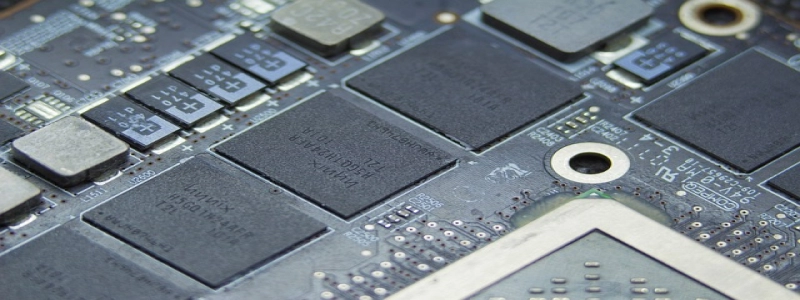SFP to RJ45
Einführung:
In the world of networking and telecommunications, there are many different types of connectors and interfaces used to establish connections between devices. One popular interface is the Small Form-factor Pluggable (SFP), which is commonly used in networking equipment such as switches and routers. Another widely used interface is the Registered Jack 45 (RJ45), commonly seen in Ethernet cables. In diesem Artikel, we will explore the SFP to RJ45 connection and its applications.
Section 1: Understanding SFP
1.1 What is SFP?
The Small Form-factor Pluggable (SFP), also known as Mini-GBIC (Gigabit Interface Converter), is a hot-swappable transceiver module used for network communication. SFP modules come in different types, including SFP, SFP+, and SFP28, which support different data rates such as 1Gbps, 10Gbps, and 25Gbps, respectively. They are widely used in local area networks (LANs), storage area networks (SANs), and wide area networks (WANs) to establish optical or copper connections.
1.2 How does SFP work?
SFP modules contain a transmitter and receiver that convert electrical signals into optical signals and vice versa. When connected to an SFP-compatible device, the module automatically detects the type of connection needed and adjusts accordingly. SFP modules can support various types of fiber optics, including single-mode and multi-mode fibers, making them versatile and adaptable to different network environments.
Section 2: Exploring RJ45
2.1 What is RJ45?
Registered Jack 45 (RJ45) is a standardized connector used for Ethernet networking. It has eight pins and supports data rates up to 10Gbps. RJ45 connectors are commonly used in local area networks (LANs), connecting devices such as computers, Schalter, and routers to establish Ethernet connections. They are also used for telephony and other applications.
2.2 How does RJ45 work?
RJ45 connectors use twisted pair cables, where each pair of wires is twisted to reduce electromagnetic interference. The connectors have eight pins that align with corresponding pins in the device’s Ethernet port. When a cable with an RJ45 connector is plugged into a compatible port, the pins make contact, establishing a connection for data transmission.
Section 3: SFP to RJ45 Connection
3.1 Why use SFP to RJ45?
There are situations where it is necessary to convert from an SFP interface to an RJ45 interface. For example, if a device has an SFP port but needs to connect to a device with an RJ45 port, an SFP to RJ45 converter can be used. This is particularly useful when dealing with legacy equipment or when the distance between devices is relatively short, making copper cables more cost-effective than fiber optics.
3.2 How does the conversion work?
The SFP to RJ45 converter is a small device that connects to the SFP port on one end and has an RJ45 connector on the other end. It converts the electrical signals from the SFP module into the appropriate format for transmission over twisted pair copper cables. The converter may also include features such as auto-negotiation and error correction to ensure reliable data transfer between devices.
Abschluss:
The use of SFP to RJ45 converters allows for flexibility in networking environments by enabling the connection between devices with different interfaces. Whether it is extending the reach of a network connection or connecting legacy devices, these converters play a crucial role in ensuring seamless communication. Understanding the capabilities and workings of both SFP and RJ45 interfaces is essential for making informed decisions when it comes to networking equipment and connectivity.








